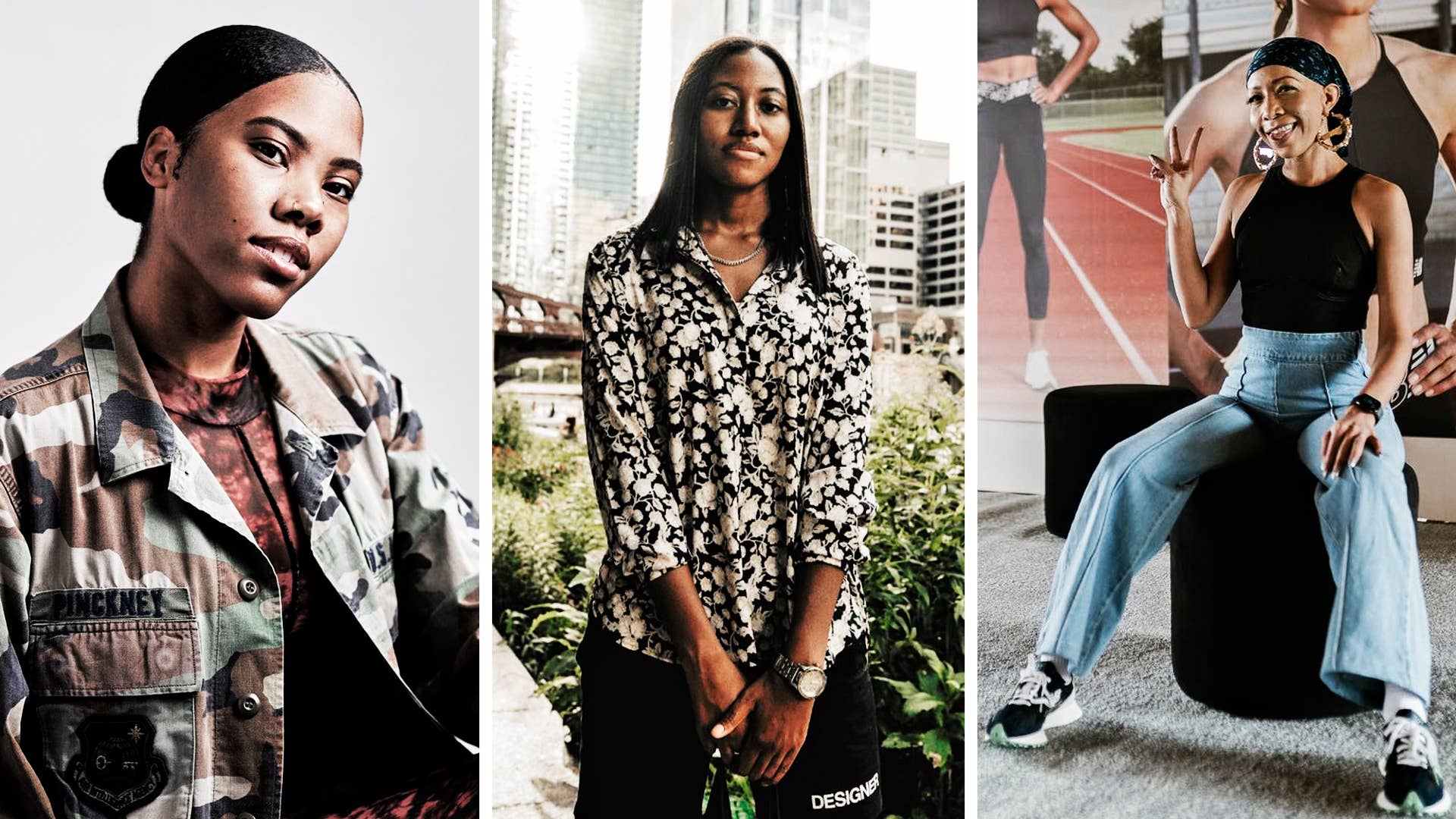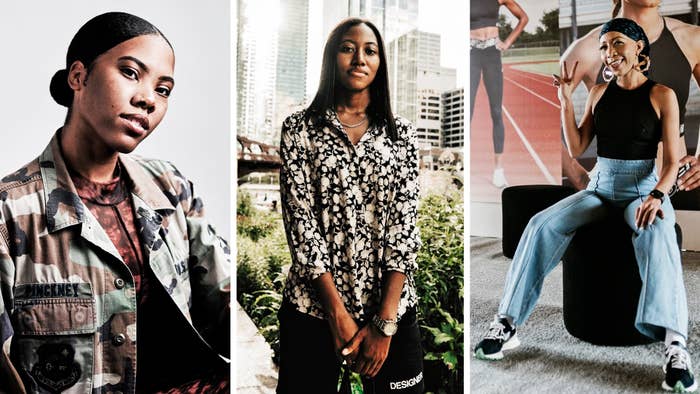
I think we are all aware that the sneaker industry is heavily male-dominated. That isn’t to say that there aren’t many incredible women shaping sneaker culture today, but many are not as visible as their male counterparts. While we are increasingly seeing more women behind the scenes at brands working on footwear, color and materials design, marketing, and product line management, there is still something missing: Black women.
Black female style and cultural leaders like Aleali May, Vashtie, Beyoncé, and the many other women who continue to set the pace in the sneaker industry, and inspire women are being highlighted and celebrated more than ever. Black women are not only setting the fashion trends, but they are also crucial components in the foundation of the sneaker industry. Sneaker culture is rooted in Black women just as much as Black men, so why aren’t more people talking about them?
From the perspective of a Black girl fairly new to the world of sneakers, the sneaker industry is intimidating, especially with the lack of representation of Black women working in the sneaker industry shown in the media. It can appear as an environment that is unwelcoming to us, and something we can’t feel a part of unless we have flawless style and thousands of Instagram followers. So now, more than ever, it’s critical that we open up the conversation and show Black women, girls, and non-binary people that they, too, are welcome and respected in the design, creation, and development aspects of the sneaker world—not just as style or fashion muses.
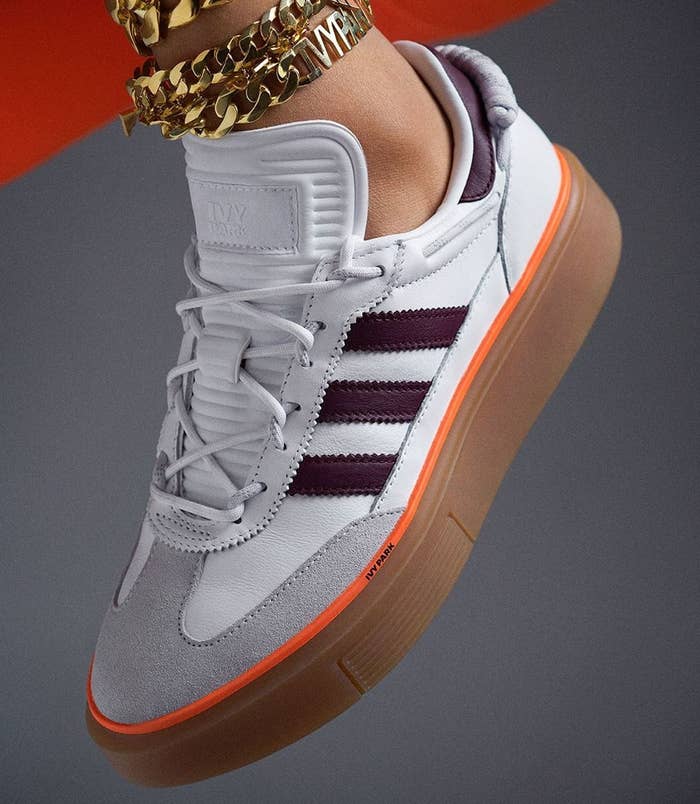
The lack of Black female representation in the sneaker industry can be traced back to Black women’s lack of awareness of the wealth of opportunities available in the sneaker industry. Cheresse Thornhill, who is the design director of the SEED program at Adidas, is working toward breaking down barriers and making industry more accessible for young Black, Asian, and minority ethnic women creators.
“We’re mostly exposed to the retail and sales opportunities, but there’s a whole world of opportunities within product creation from design to product marketing, development, engineering, biomechanics, wear-testing etc,” Thorhnill says. “Even within footwear design, there’s color, materials, graphics, and 3D design opportunities. We also need to be exposed to the pathways to gaining access to the footwear industry.”
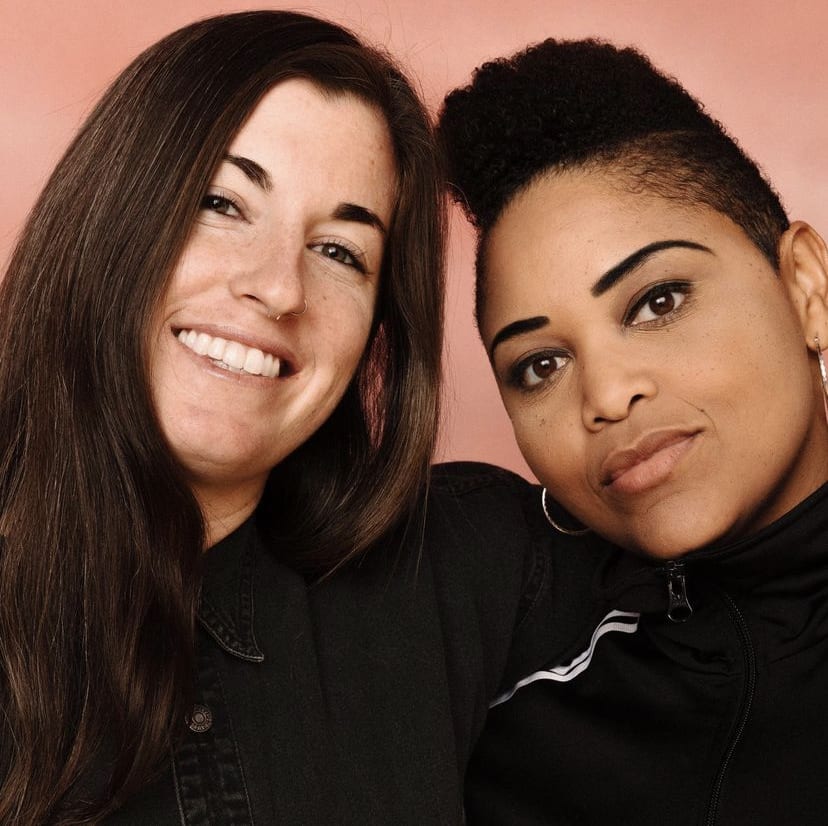
Knowing the types of opportunities that exist in the sneaker world is only the first step; access to the education and resources needed to follow that path is crucial.
The Adidas SEED (School for Experiential Education in Design) program was established to serve as a better pathway for bringing in fresh talent to the brand and industry. In partnership with Pensole and supported by Pharrell Williams, Adidas last year welcomed the inaugural class of six women to the Adidas Brooklyn Creator Farm.
Thornhill was lucky enough to attend a product design college before taking on her role at Adidas; she understands what it’s like to strive to work in the industry and wants to make it easier for other Black women to do the same.
“My hope is that the work we’re doing through SEED inspires other brands and companies, not only in our industry but in other industries, to invest in the education of the next generation of innovators and change makers in our community,” Thornhill says. “It’s not enough to know these opportunities exist, knowing the pathway and the skills needed for entry is also key.”
Luckily, there is some light in the dark tunnel of recruitment. The Adidas SEED school prioritizes the needs of the candidates over the needs of the company. Liz Connelly, a SEED program manager and consultant, shares insights into how they recruit talent for the program and why other companies should take note.
“We set out to dismantle the systems that exist and create something new that would better support the people who are underrepresented in our industry,” she says. “Our entire application and interview process is designed to meet the creator where they are at their best and to allow for a more human process.”
Many people, Black-identifying women in particular, struggle with the cost of education or can’t afford it, period. With an industry as competitive as sneakers, resources and connections are just as important as an education.
Alicia Pinckney, a men’s apparel designer at Jordan Brand, founded the Black Talent in Design & Fashion Fund last year to help support the up-and-coming generation of Black individuals in the fashion and design world.
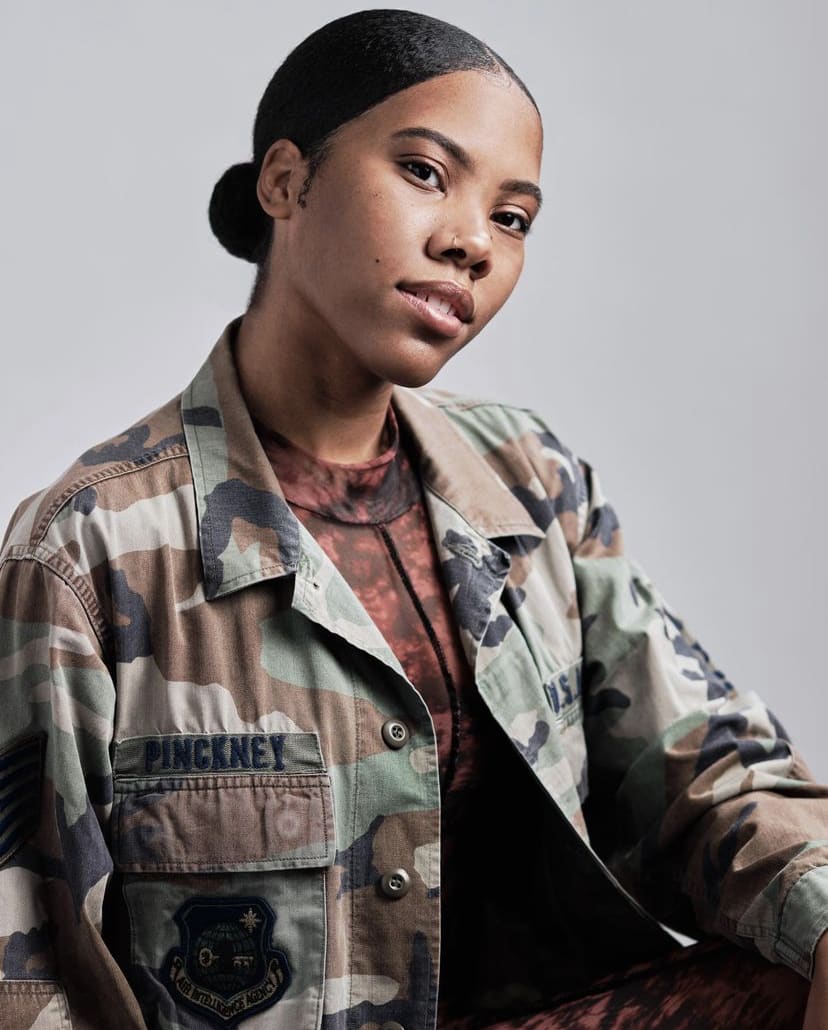
“Founding my nonprofit was a glimmer of hope that one day the lack of representation in the footwear/fashion industry would be addressed,” Pinckney says. “The intent of the Black Talent in Design and Fashion fund is to provide financial support through a scholarship so that they’ll have the tools to continue investing in their education and provide networking opportunities to meet people within the industry, especially other Black/brown talent.”
Past awareness and access, the biggest barrier for Black women is getting a job in the industry. To be completely blunt, the recruitment process has been and still is broken. Jazerai Allen-Lord is a multifaceted creative with deep roots in sneaker and street culture. True to Size, her company, specializes in elevating marginalized people and stories through brand strategy. She explains that the sources of talent where brands look aren’t diverse to begin with.
“When we take a look at the demographics of students in design schools, less than 2 percent of those students identify as Black,” Allen-Lord says. “The recruitment process, as far as brands, agencies, and the majority of these companies are recruiting from design schools. So right there we have a hole in the system.”
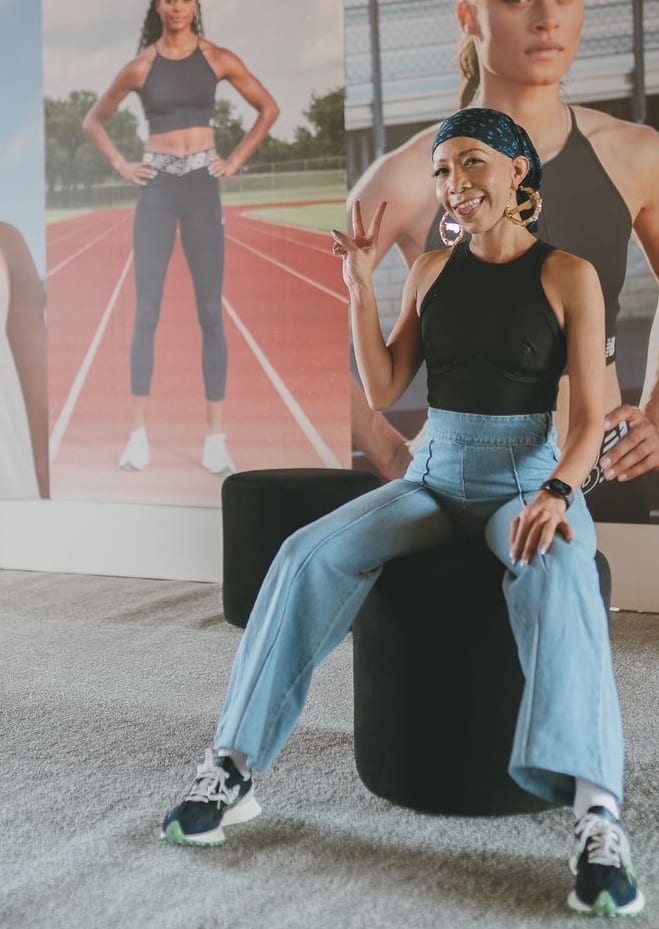
Black women who are recruited can also become locked in their first role and not given the opportunity to advance within a company. Brittney Perry, the founder of PerryCo. Shoes, a unisex footwear and accessories firm based in Chicago, has also seen issues with the recruitment process, even when recruiters look beyond design schools.
“Oftentimes, companies recruit employees of color, only to make them sales associates,” Perry says. “It’s also hard to get your foot in the door without proper job experience or formal education credentials, but how can these people get experience without someone willing to give them a chance? It has to start from the inside.”
Two of the biggest hubs for footwear brands in the US are Portland and Boston, both of which are very white cities. As a result, when Black women enter these environments, they can feel alone, which can have a negative impact on how they work.
“Once they are in these offices, the problem extends to retention,” Allen-Lorde says. “You can hire 30 percent Black people or have an aspiration to diversify your office and make it equitable. But if they are not comfortable or they don’t find a community or support, then they are going to leave in six months.”
This puts a great deal of pressure on young Black women. There’s a layered experience for a Black creative that wants to be in footwear design; they have had to grow a thicker skin and go through a lot of personal development, beyond the professional development.
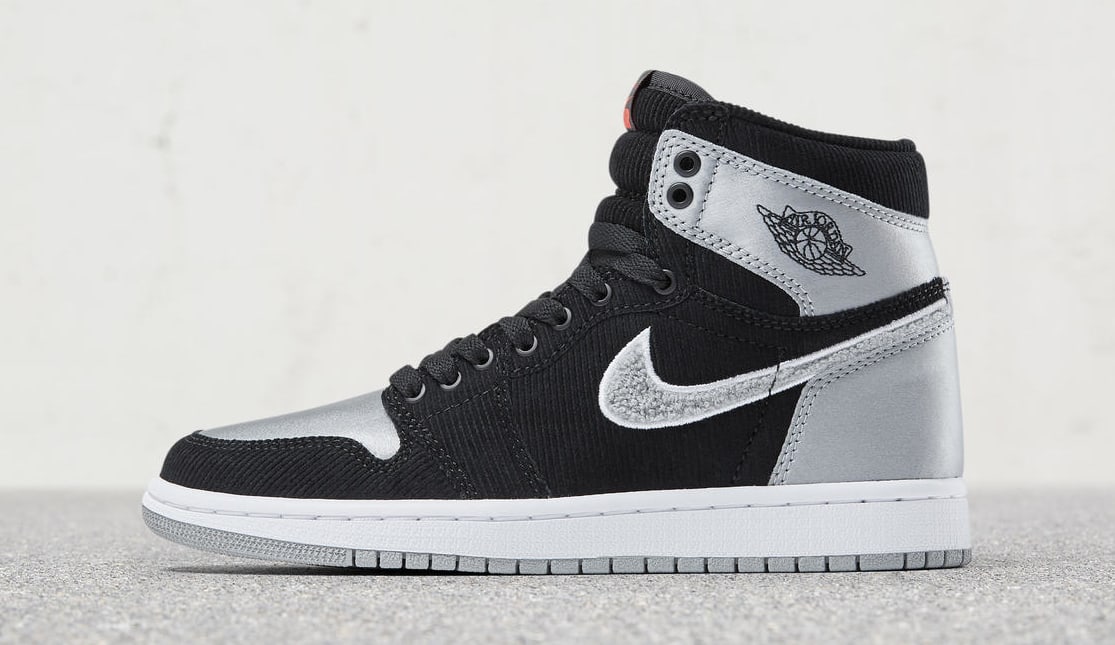
However, Pinckney argues that it’s not as bad as it may seem from the outside, and there are spaces in the industry striving to support Black women.
“I didn’t know there were so many other Black women because I’m used to operating in spaces where I am one of few or sometimes the only,” she says. “I’ve been fortunate enough to work on great teams where my direct manager was invested in career growth. Because of this, I’ve never felt dismissed. In larger rooms, I make sure to lead with confidence so my voice can be heard and not overlooked.”
All of these problems contribute to the lack of Black women and representation for them in the sneaker industry. After overcoming one hurdle, there are five more; it is a constant fight that is being fought behind closed doors. This is why the visibility and recognition of these Black women who work in the industry, as well as their stories, is so important.
“I think the lack of Black women in the space can deter Black girls from wanting to get into the industry. Trying to break into male-dominated spaces is intimidating to some and difficult,” says Perry. “It’s hard to envision yourself doing something when you don’t see people that look like you in that space. That is why it was so important to me to start my own brand. To be the person I wish I had to look up to growing up.”

Though it’s not all as negative as it seems, Perry explains: “There are definitely positives in the lack of attention. It does make me go harder to show the younger generation that you don’t have to work for these larger companies, you can create your own brand.”
Don’t get me wrong, I’m not implying Black women are completely overlooked; but, there is still a big gap between what is aspirational and what is real, and women want to see real.
“If you don’t see yourself in these spaces, you automatically assume it’s not for you,” Allen-Lorde says. “Because there is a lack of respect for diversity, a subset of women thrive. But, this is not the reality for the average customer. The people behind the scenes have to look like the people in front. I think that’s where the missteps happen.”
Someone’s recognition does not indicate their level of success. However, with the fast increasing importance of social media, it is now more necessary than ever that Black women in the footwear industry are consistently acknowledged publicly and their stories are truthfully told. It’s important to have someone to look up to or even relate to who looks like you. Allen-Lorde has noticed this in her own work, realizing that people were turning to her because there was nobody else who looked like them.
Above all, we must now focus on the present and future, and look at what we can change. How can we as a community work together to make Black women feel included and supported?
Though there has been real progress in recent years, it is no secret that Black women face numerous challenges in getting their foot in this rapidly evolving industry. Fortunately, as these four incredible women have proved, success is possible, and there is space for all of us.
“There’s fertile ground, untapped potential, and lots of opportunity for black women to create their own brands or help chart the future for existing brands,” says Thornhill. “I’ve been in this industry for 14 years and I’m still motivated and inspired, now more than ever, to keep growing and help open up opportunities for black women in the footwear industry.”

